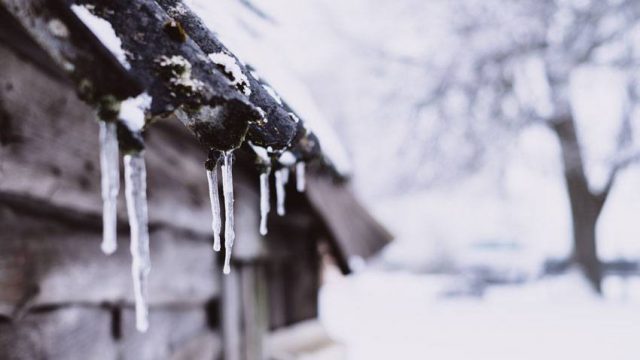Winter may be here, but that doesn’t mean you need to put plans to fix up your roof on ice.
The conventional wisdom holds that cold weather is a bad time to work on roofing projects, but that depends on the type of project and the materials you’re using.
There’s lots of roof work that can safely be done during the winter months, so don’t assume you have to put it off until it’s t-shirt weather again—especially if you’ve got a roofing issue that needs to be addressed soon.
It can even be advantageous to hire a roofing company during the winter. Because it’s usually their slow season, you might find that their schedules are more open and flexible. DIY projects are fine too, but make sure you take all appropriate safety precautions when working if it’s wet or windy outside.
Safe Roofing Materials for Cold Weather
The main consideration when working in seasonal cold weather is how the roofing materials will be affected by temperature, wetness, and ice. Some materials will hold up just fine and can easily be worked within the cold, but others are a total no-go.
There are three broad categories of roof types. Here’s how they can be installed or repaired during winter weather:
Asphalt Shingles, one of the most ubiquitous roofing materials, these can be installed in any season. However, working with them in the wintertime is less than ideal. Cold temperatures will make shingles more brittle and prone to bending or cracking.
Exercise caution when working with them so they stay intact. Some asphalt shingles have more rubberized make up which are better for installing in colder temperature. The general rule of thumb is not to install shingles below 5C.
Metal Roofs are safe to work on when it’s cold outside. They are good to have in areas that get harsh winters because they easily shed water and ice, and expand or contract with the changing temperature. No special precautions are required for installing or repairing metal roofing in the winter. However, it’s best to use a breathable synthetic underlayment to help with ventilation, and to prevent moisture build-up from causing damage.
Flat Roofing Systems require a degree of caution when installed or repaired during the winter. Some materials are safe to work with, but others are not. The only two flat roofing systems that we consider safe to work on during the cold winter months are Thermoplastic Olefin (TPO) and Torch-on (SBS) roofs.
TPO is affixed to the structure by welding their seams with hot air. The primary materials are unaffected by cold, and no adhesives or glues need to be used, making it a safe option.
SBS has multiple roof installation systems. Some are heat weld whereas some use primers or mechanically attached. Heat welding can be installed just about anytime whereas some primers require a certain temperature to ensure proper adhesion.
Flat roofing that uses rubber and adhesives cannot be safely installed in certain temperatures. When it’s too cold out, the rubber can freeze and the adhesives won’t bond properly. That means you run a very high risk of developing roof leaks. Installing flat roof systems when it’s below a certain temperature outside can even void the manufacturer’s warranty.
Can’t Repair? You Can Always Winterize
Depending on what you’ve got to work with, the wintertime may or may not put a damper on your roof improvement plans. If you’re itching to give your roof some TLC and can’t wait for the spring thaw, remember that a little DIY winterizing work can help protect your roof from damage.
For instance, have you done your yearly gutter cleaning yet? Gutters can accumulate an impressive amount of debris during the fall. The resulting mess can be heavier than you might expect, putting strain on your gutters that can damage them or cause them to detach. Clogged gutters also mean water backing up onto your roof, increasing the risk of mildew, leaks, and other problems.
If you have a flat roof, you need to watch out for standing pools of water and snow build-up. In winter, snow can melt during the day and refreeze at night, putting strain on your roof in unexpected places. If water gets into cracks and seams, it can cause all sorts of damage when it freezes then expands. When water, ice, and snow deposits form on a flat roof, it’s best to get up there and clear it off as soon as possible.
Don’t Let Old Man Winter Stop You
Winter may not be the optimal time for roofing work, but it certainly doesn’t mean there’s nothing you can do. As long as you’re putting safety first by working with materials that can handle the cold, there’s no reason not to give your roof needed repairs during the coldest months of the year.
If you’re curious what sort of winter repairs your roof needs, get in touch today and we’ll be happy to schedule a free estimate!

